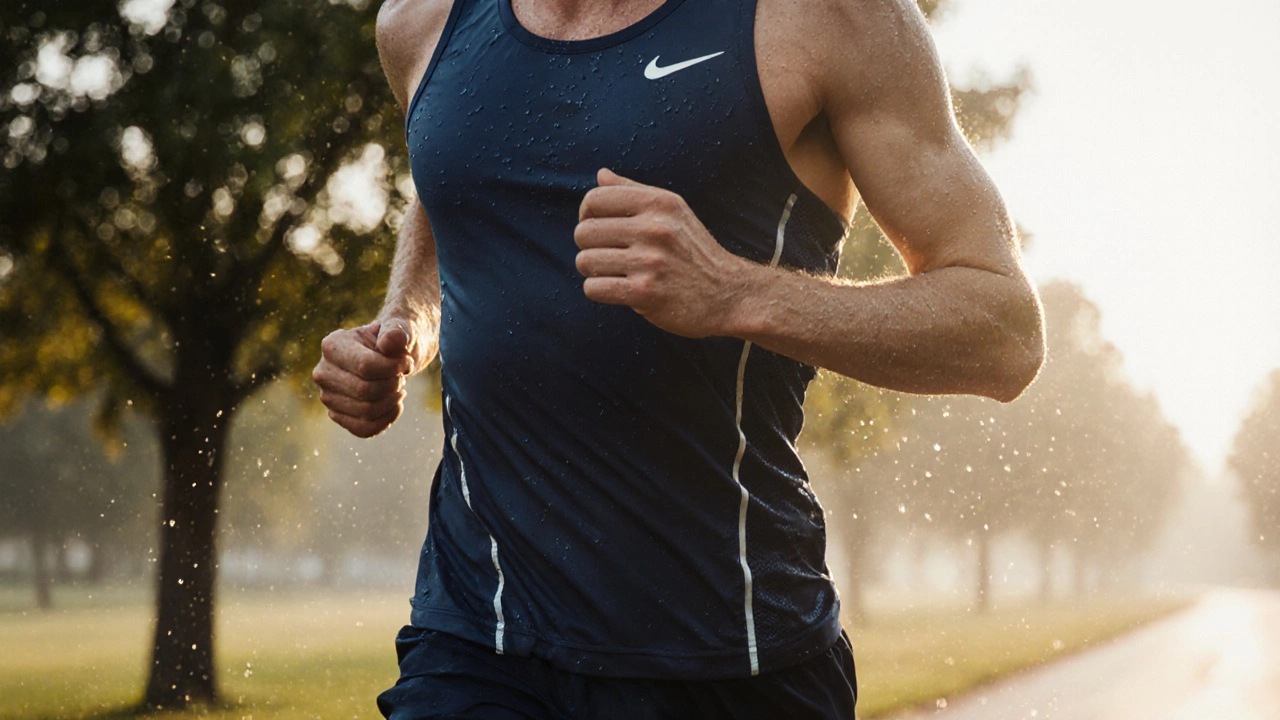Moisture-Wicking Clothing: How It Works and Why It Matters
When you need gear that stays dry, Moisture-Wicking describes fabrics engineered to pull sweat away from the skin and spread it across the material for faster evaporation. Also known as wicking technology, it is a core feature in Performance Wear clothing designed for athletic activities that demands quick‑dry performance and Breathable Fabrics materials that allow air flow to help cooling and moisture release. Together these technologies let you stay comfortable during intense workouts, long hikes, or hot summer days.
Key Benefits and How They Connect
Moisture-Wicking isn’t a magic trick; it relies on capillary action, a physical process where tiny fibers draw liquid through narrow channels. This means the fabric requires at least one synthetic component—polyester, nylon or elastane—to create the necessary channels. Synthetic fibers enable the rapid spread of sweat, while natural options like merino wool add odor‑control thanks to its protein structure. The result is a fabric that encompasses heat management, breathability, and quick drying, making it ideal for Activewear clothing meant for movement‑intensive activities. Sportswear brands embed moisture‑wicking layers into everything from base‑layers to jackets, because Sportswear appeals to athletes who need reliable performance under pressure. The link between breathable fabrics and performance wear is simple: when air can circulate, evaporating sweat cools the body faster, reducing fatigue and improving focus.
Choosing the right piece starts with the intended use. For a high‑intensity gym session, look for a tight‑fit tee made of 100% polyester engineered with a mesh back – the mesh adds extra airflow, while the polyester wicks sweat outward. For outdoor hikers, a blend of nylon and merino wool offers the durability of synthetics plus the natural antimicrobial properties of wool. If you want everyday comfort, opt for a casual shirt that blends cotton with a small percentage of polyester; the cotton feels soft, while the polyester handles the moisture. Remember, the technology works best when the garment fits snugly enough to pull sweat away but isn’t so tight it traps heat. Below you’ll find a curated selection of articles that dive deeper into fabric science, style tips, and product recommendations, helping you pick the perfect moisture‑wicking gear for any situation.
- Cleo Fairchild
- Oct, 16 2025
- 0 Comments
Key Characteristics of Sportswear: Performance, Comfort & Style
Discover the key traits of sportswear, from moisture‑wicking fabrics and ergonomic design to sustainability and brand examples, plus a buying checklist.
